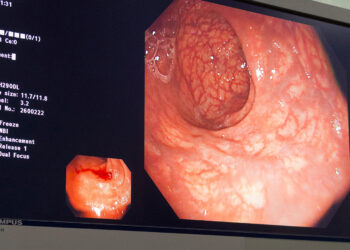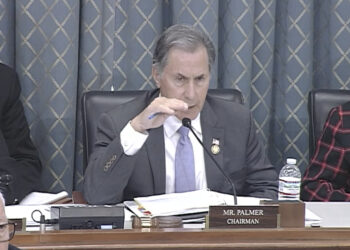TOPLINE:
In a cohort study, fractional CO2 laser therapy was effective in treating postburn hypertrophic scars, with significant improvements in scar vascularity, pigmentation, and pliability across Fitzpatrick skin types III and IV.
METHODOLOGY:
- A prospective cohort study enrolled 25 patients aged 15-65 years (mean age, 28.48 years; 41.5% women) with postburn hypertrophic scars at a hospital in Pakistan. The mean number of burns per patient was 1.64 (total treated was 41 burns), and the average time from the burn injury to treatment was 3.79 years.
- Patients with post-inflammatory pigmentation, atrophic scars, keloids, keloid tendencies, hypersensitivity to laser therapy or anesthesia, recent isotretinoin use, infectious diseases, or mental health disorders were excluded.
- Participants received four sessions of fractional CO2 laser treatment every 4-6 weeks. Follow-up visits were conducted every 4 weeks for the first three sessions and every 2 weeks after the fourth session.
- Scar assessment tools included the Vancouver Scar Scale (VSS) and Patient and Observer Scar Assessment Scale (POSAS), with evaluations performed before and after treatment by a blinded plastic surgeon.
TAKEAWAY:
- CO2 laser therapy showed significant reductions in scar characteristics, with mean VSS scores decreasing from 0.85 to 0.10 for vascularity (P P =.008), and from 2.29 to 1.39 for pliability (P
- Patients with Fitzpatrick skin types III and IV demonstrated notable VSS score improvements (P = .013 and P P
- CO2 laser therapy resulted in better reductions in scar pliability for scars treated within 1 year (P P
- The total POSAS score decreased significantly from 86.98 to 54.90 with the use of CO2 laser therapy (P
IN PRACTICE:
“Consistent with previous research, this study indicates that fractional CO2 laser treatment significantly reduces scar severity, particularly improving vascularity and pigmentation,” the authors wrote. They noted that pigmentation scores “showed some variability, particularly across Fitzpatrick skin types III and IV, with reductions in pigmentation being more pronounced in type III,” and less consistent results among those with type IV, suggesting that “outcomes may be less predictable in darker skin types,” which should be considered when counseling patients.
SOURCE:
This study was led by Samman Khalid, MBBS, Department of Plastic and Reconstructive Surgery, Holy Family Hospital, Rawalpindi, Pakistan. It was published online on January 1, 2025, in JAAD International.
LIMITATIONS:
The study had a relatively small sample size of 25 participants, with limited representation of Fitzpatrick skin type V. Additionally, the effectiveness of treatment varied depending on the time elapsed since the burn injury.
DISCLOSURES:
The authors reported no funding sources or conflicts of interest.
This article was created using several editorial tools, including AI, as part of the process. Human editors reviewed this content before publication.
Source link : https://www.medscape.com/viewarticle/fractional-co2-laser-shows-promise-treating-postburn-2025a1000122?src=rss
Author :
Publish date : 2025-01-16 11:13:40
Copyright for syndicated content belongs to the linked Source.














